Exhibition
Octet: Codes and Contexts in Recent Art
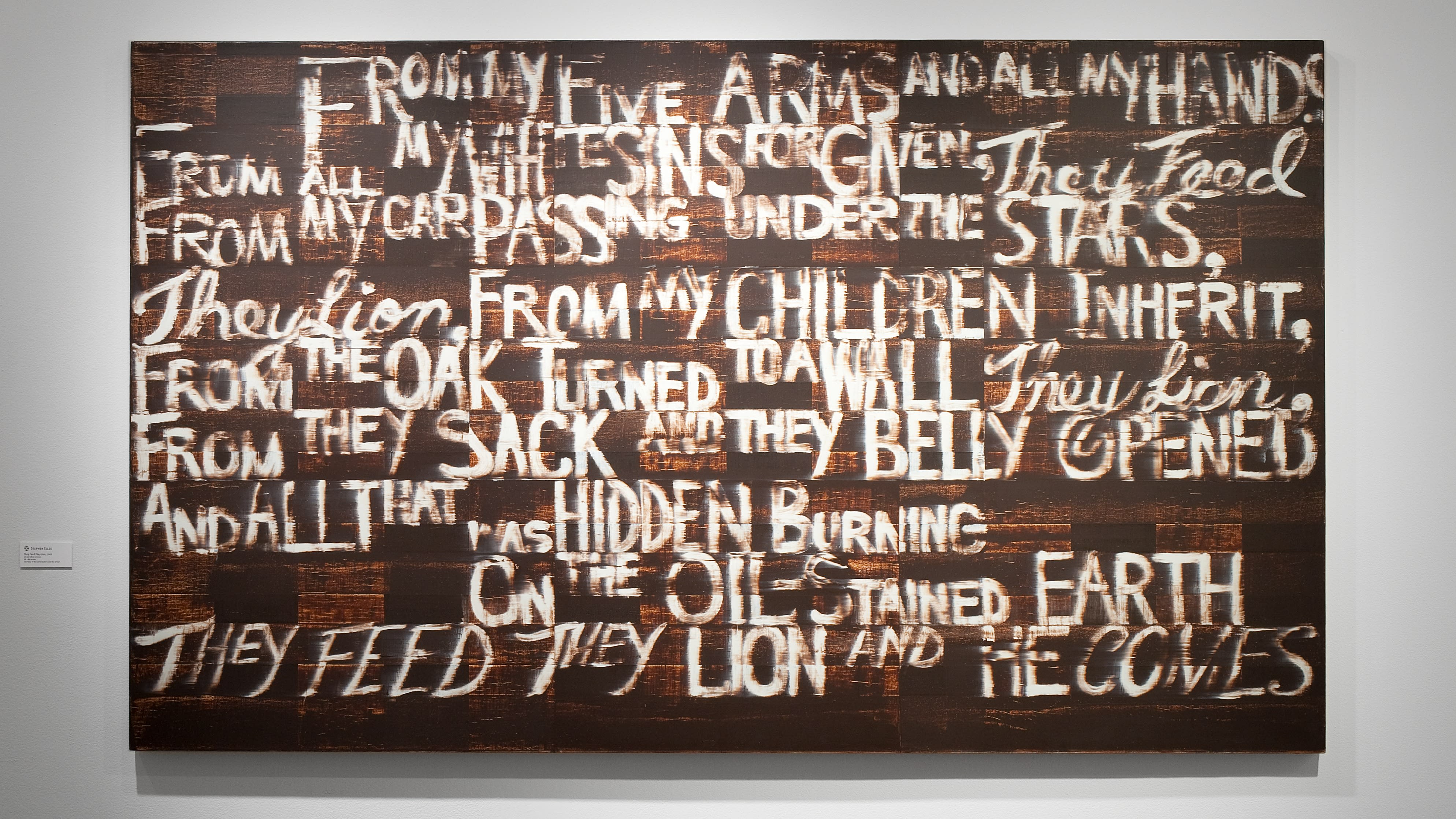
Stephen Ellis, They Feed the Lion, 2003, oil and alkyd on linen, courtesy of Von Lintel Gallery and the artist
SVA Chelsea Gallery
601 West 26th Street, 15th floor, New York, NY 10001Reception
Thu, Dec 3; 6:00 - 8:00pm
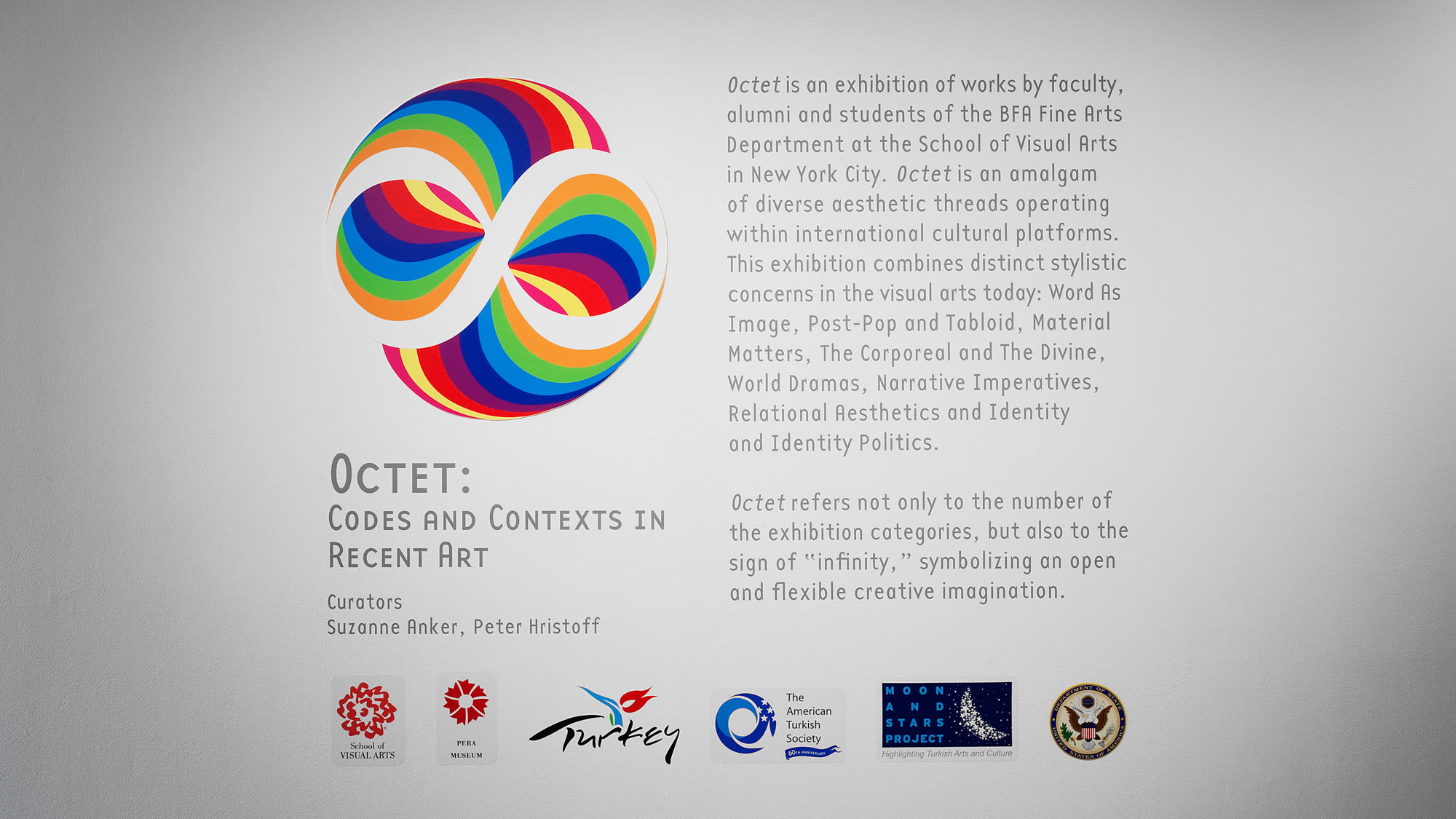
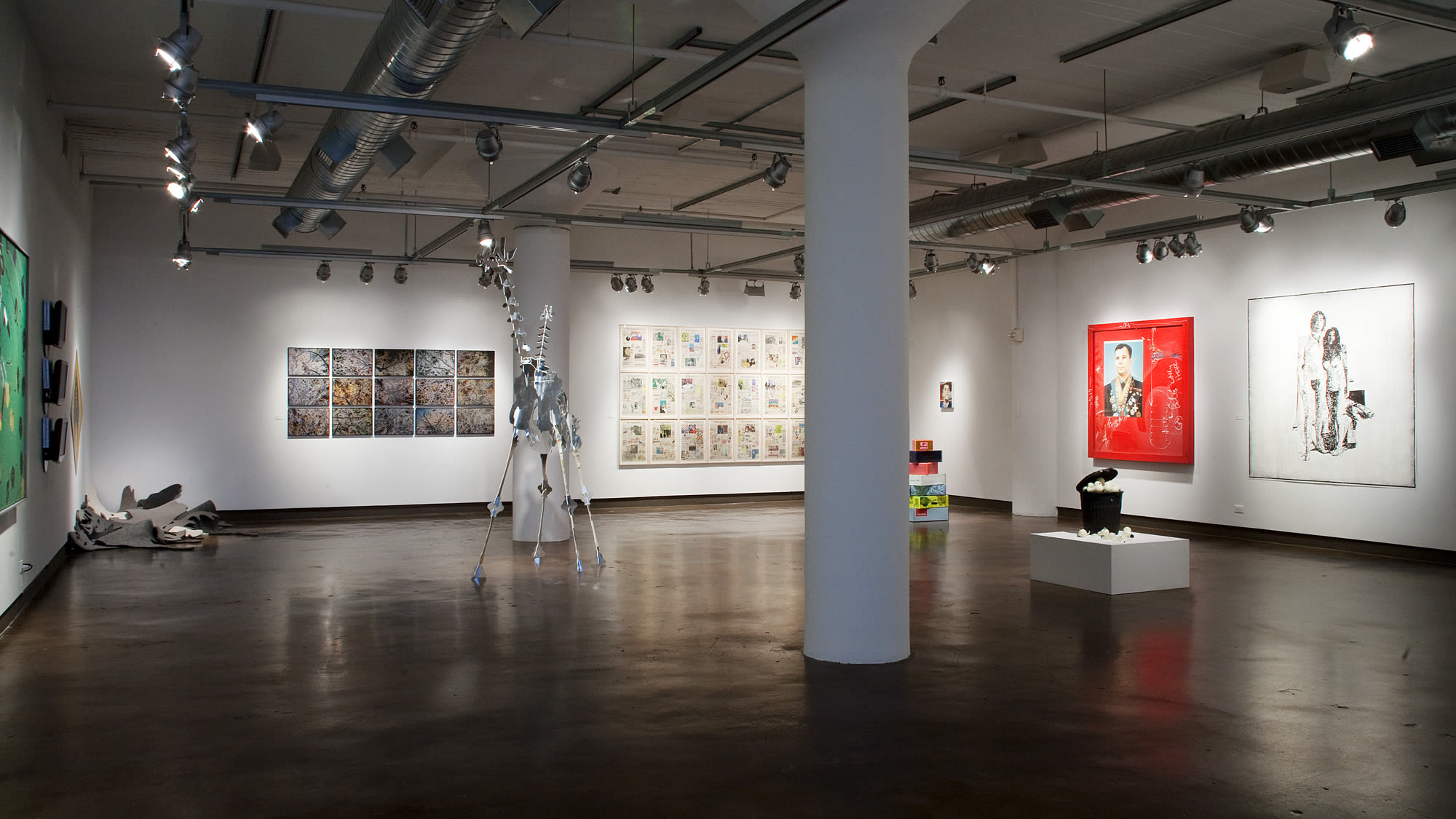
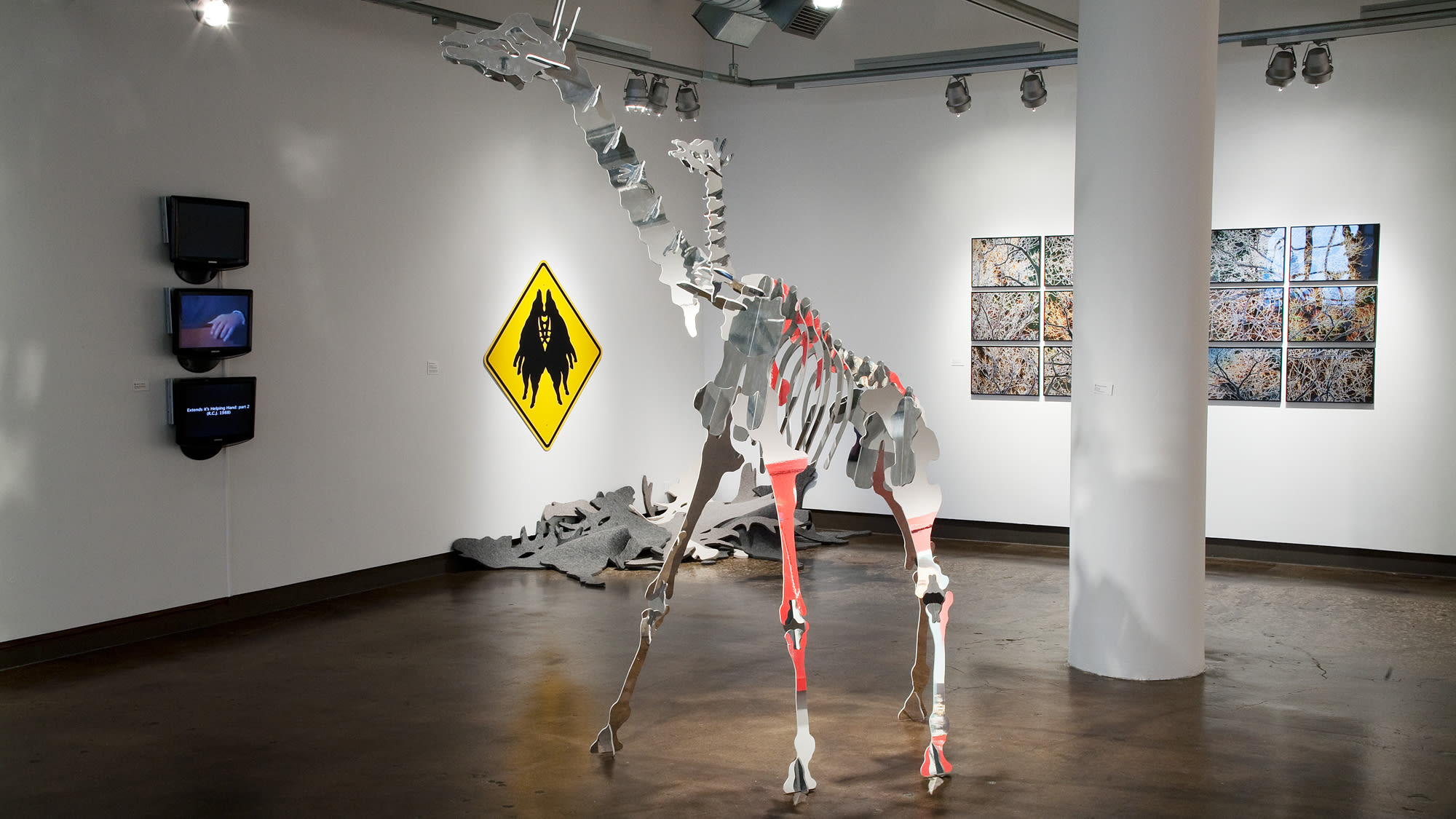

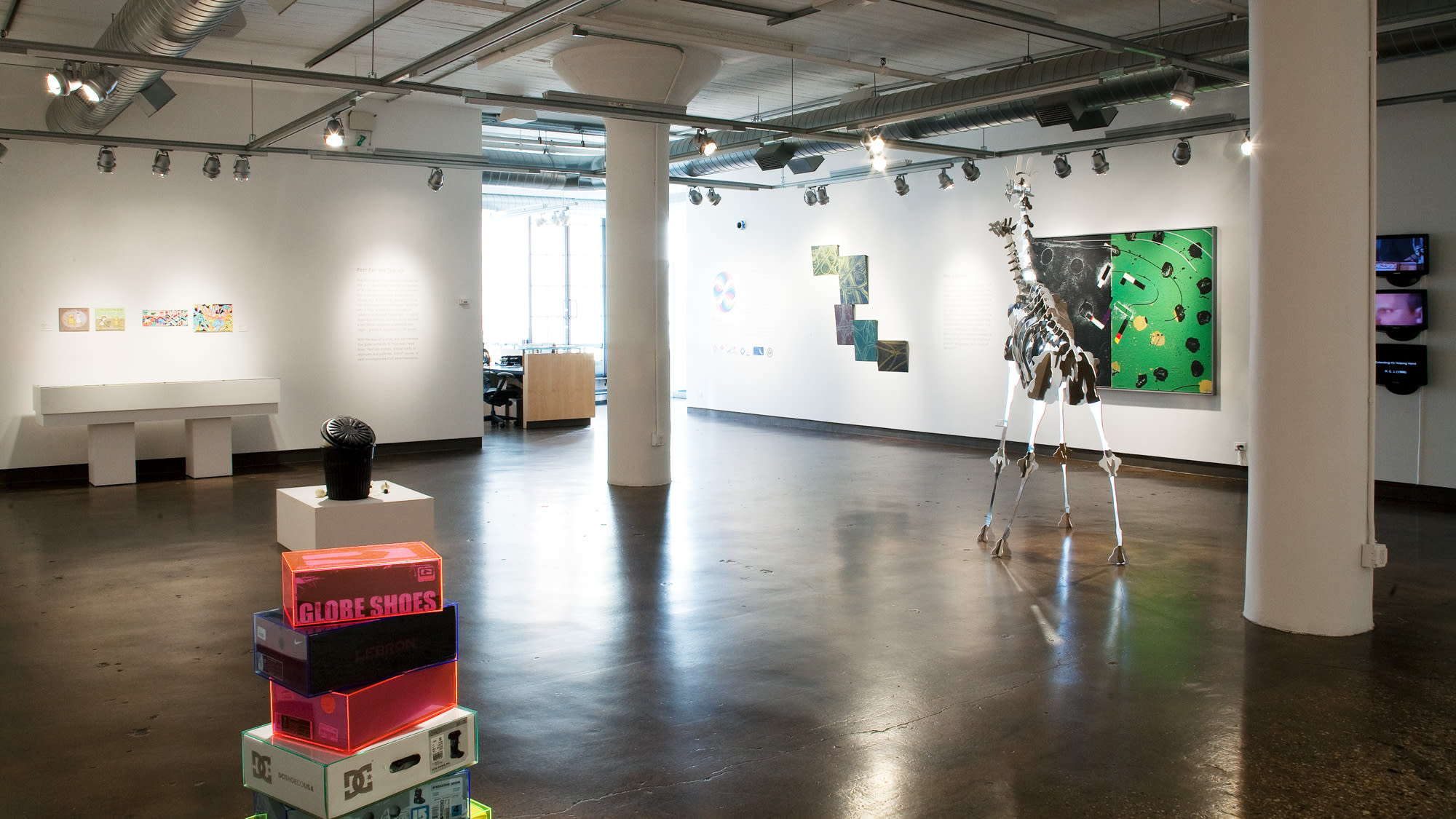
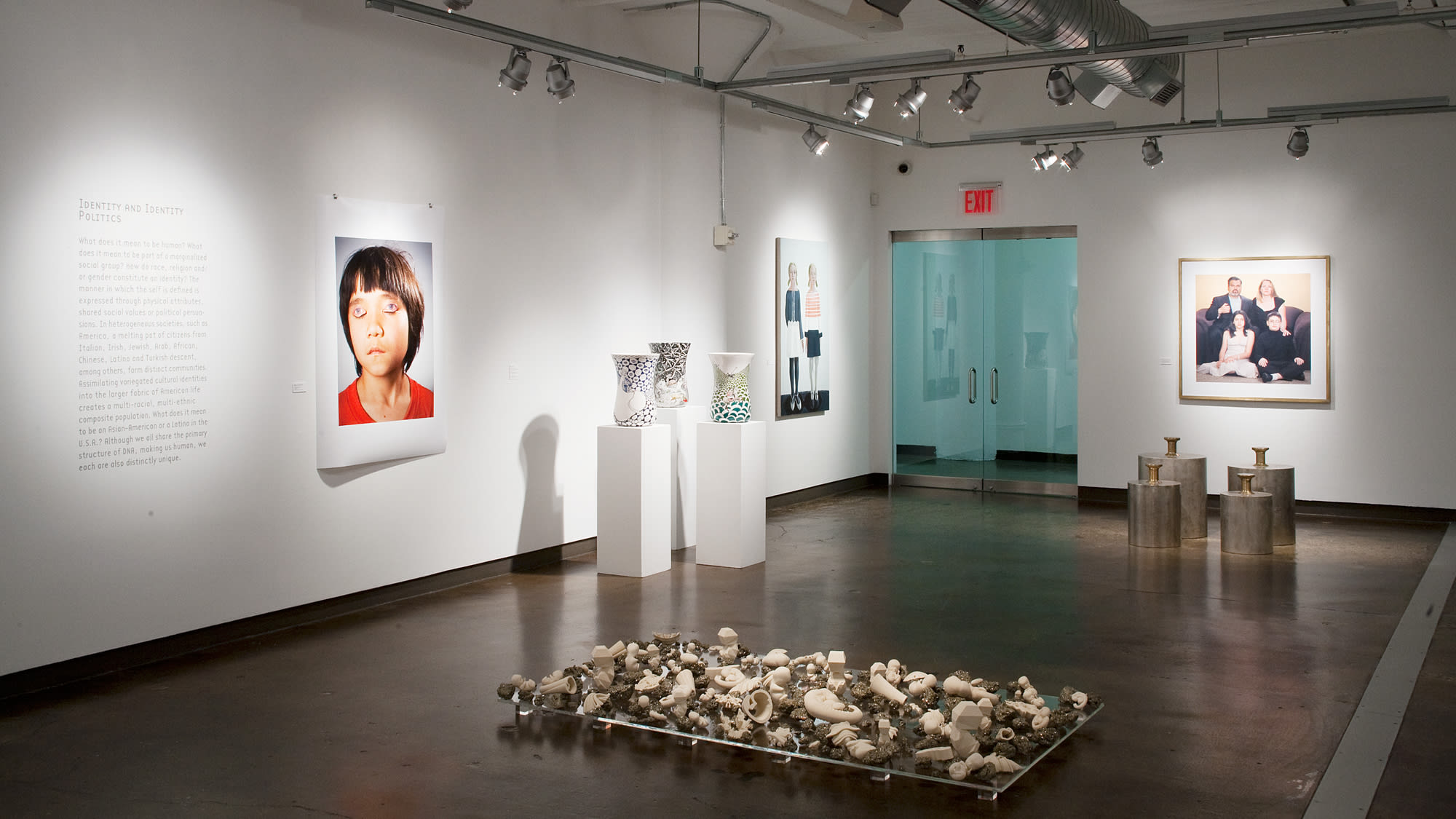
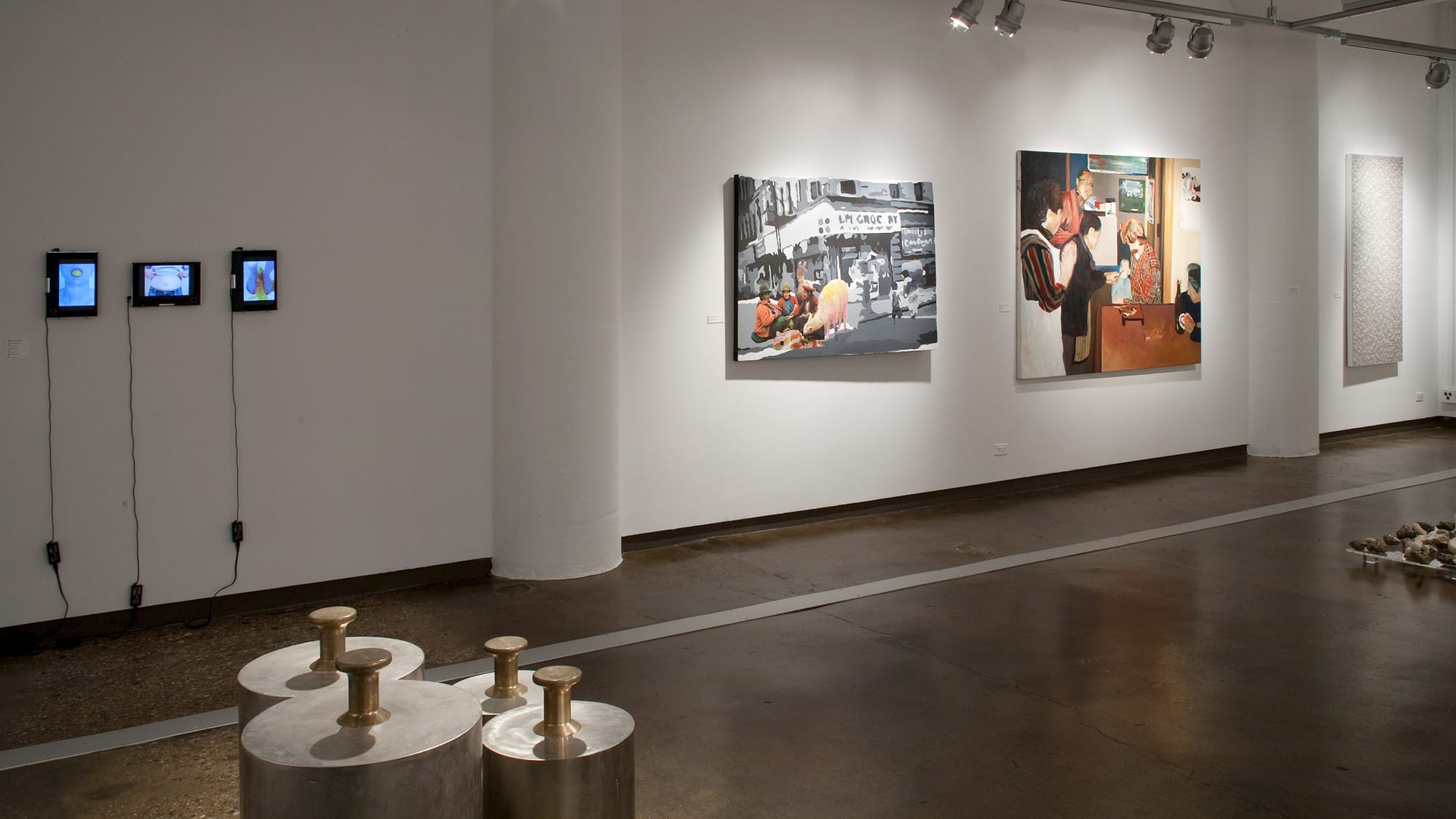
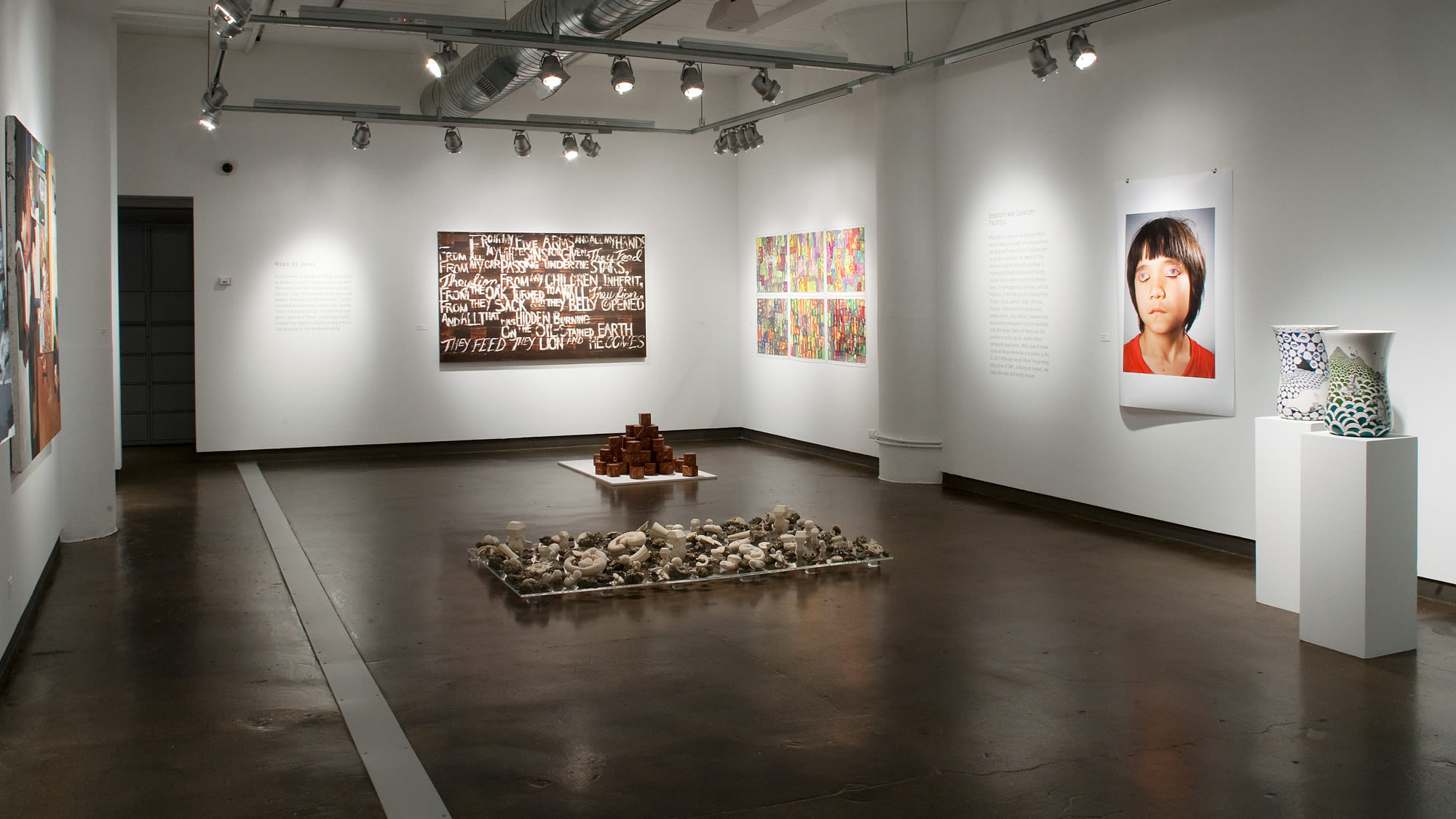
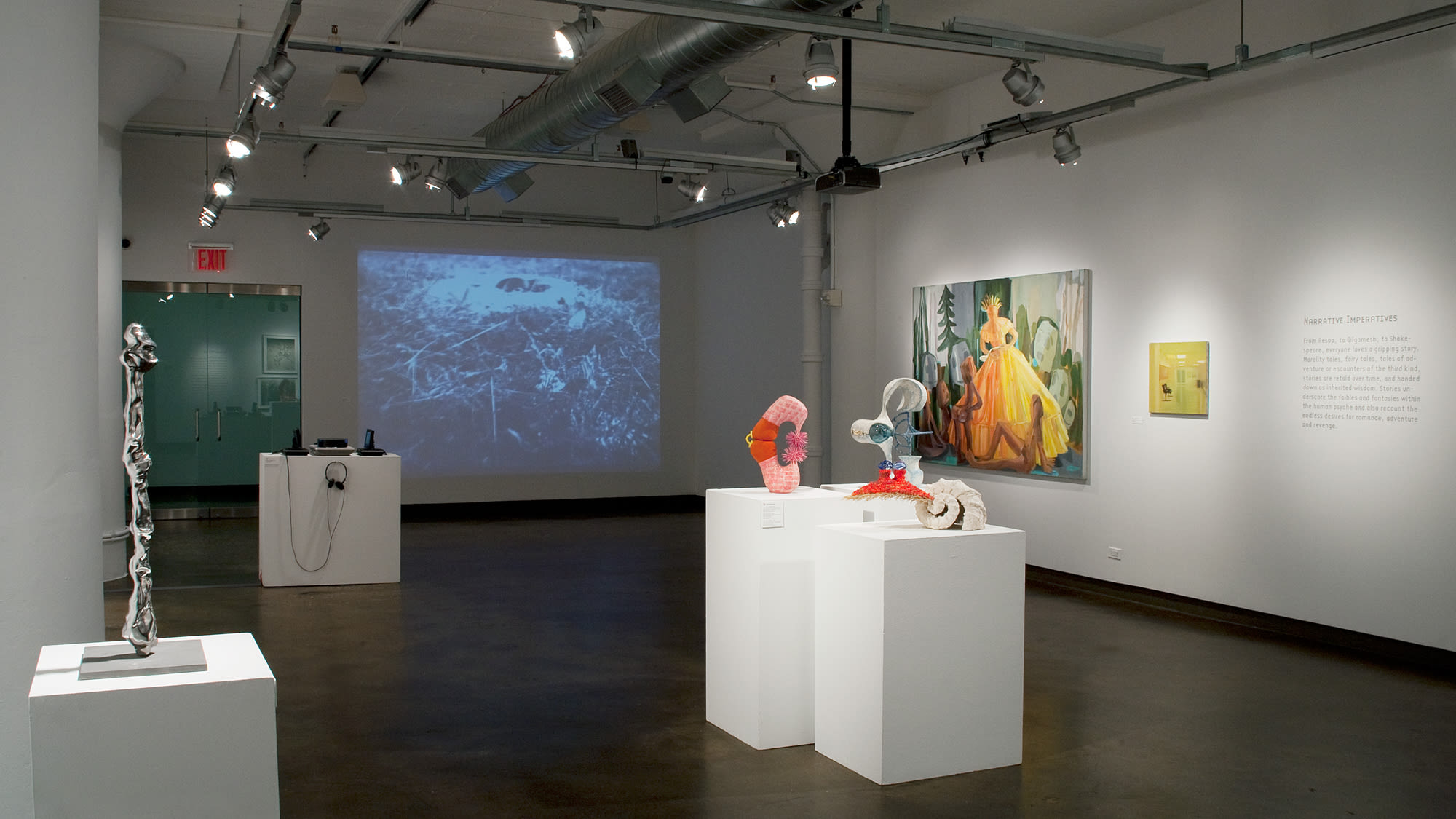
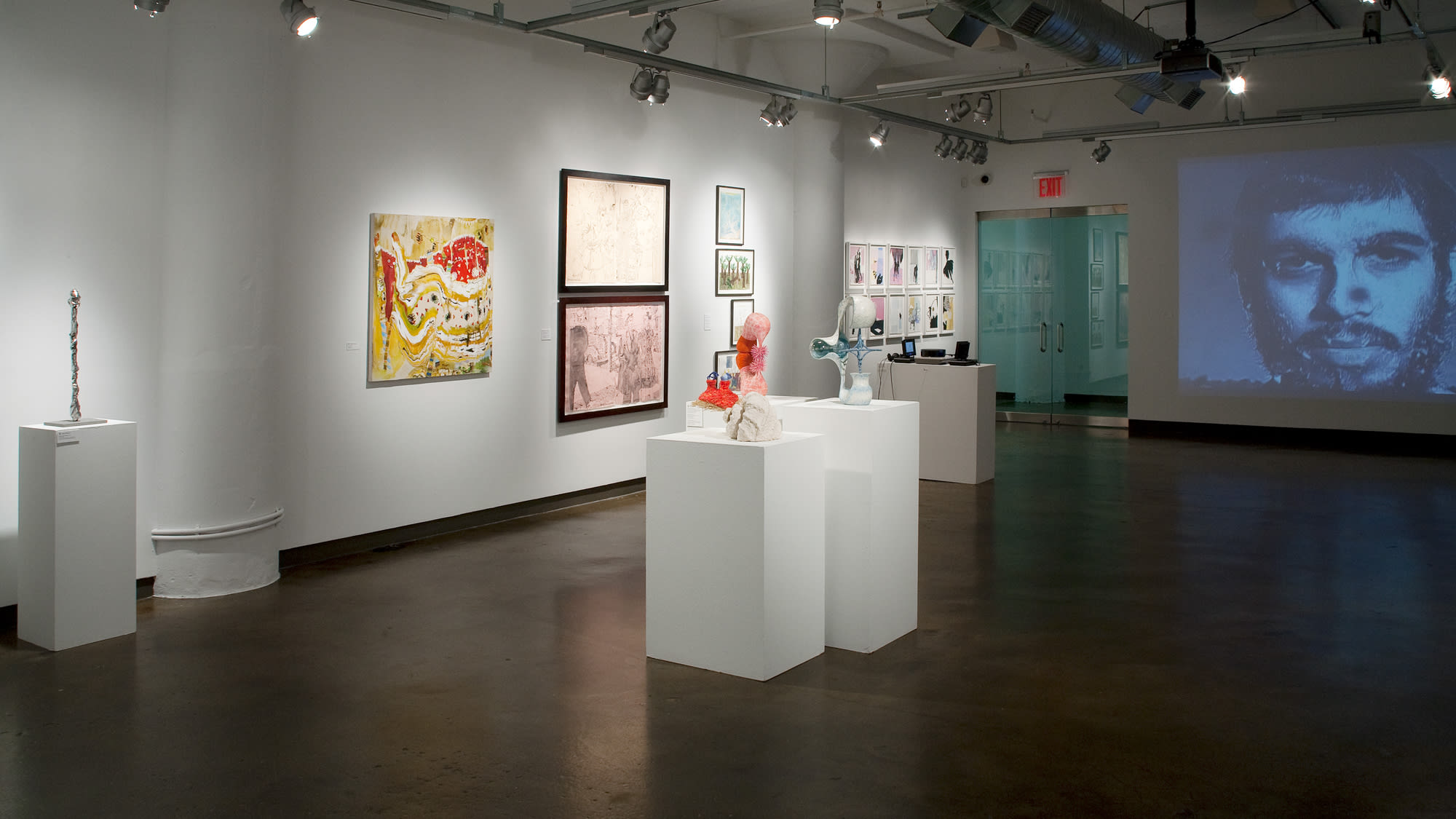

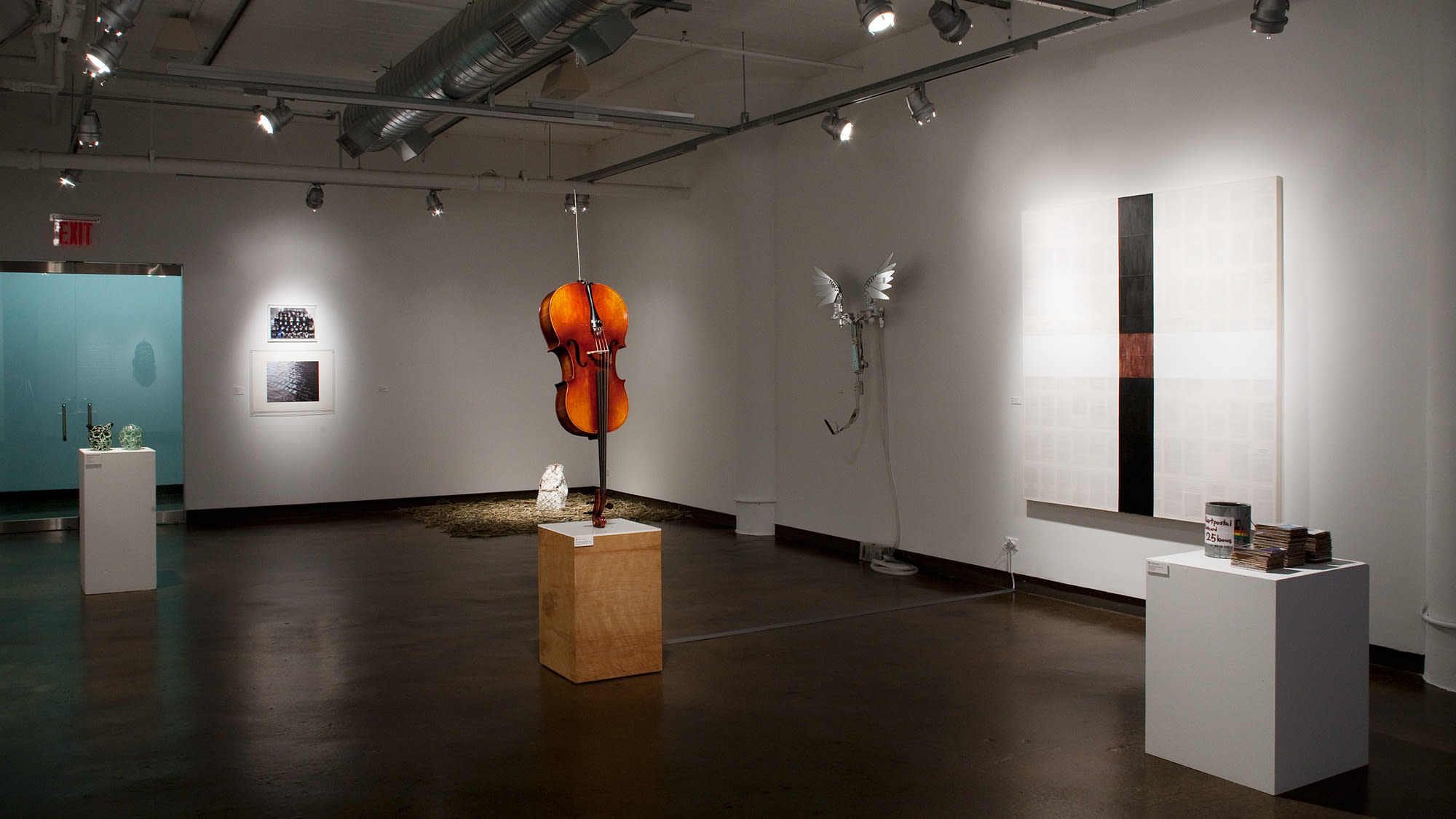
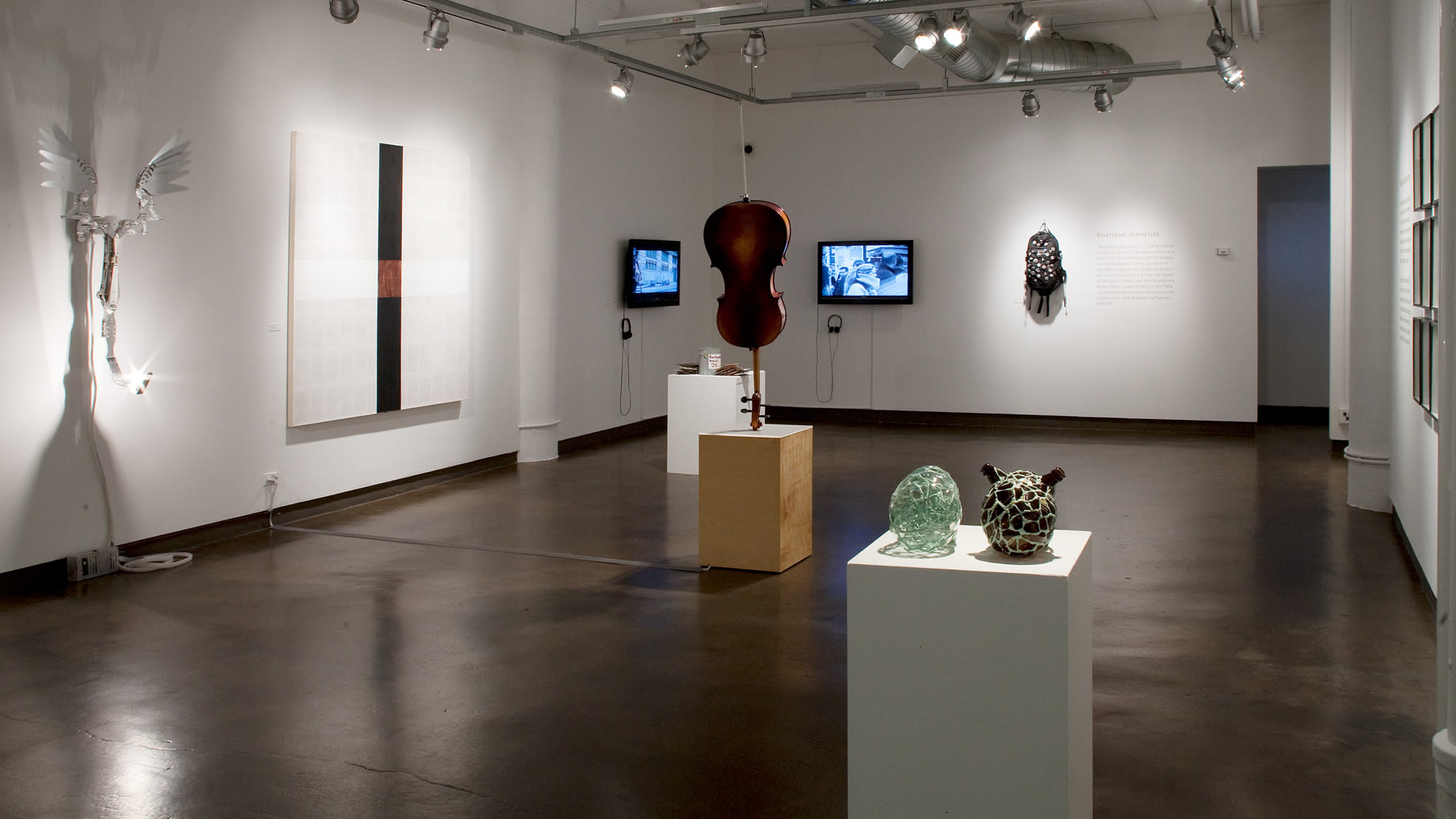
“Octet: Codes and Contexts in Recent Art,” curated by BFA Fine Arts Department Chair Suzanne Anker and faculty member Peter Hristoff, is a survey of over 90 works by over 50 artists from the School of Visual Arts (SVA), offering a multi-generational response to current trends in contemporary artistic practice. The selected works reflect the preponderance of available influences in a global, media-driven society, where technology allows for instantaneous transmission of culture and access to an enormous data bank of shared images and ideas. Suzanne Anker explains, “In our global world where the familiar can seem foreign and the foreign sometimes overtly familiar, borders have become exceedingly porous between cultures and communities. ‘Octet’ presents an amalgam of stylistic concerns as a way to present the dynamic flow of advancing patterns within the visual arts.” The exhibition will be on view at the Visual Arts Gallery, 601 West 26 Street, New York City, from November 24 — December 23, 2009.
“As historical dialogues permeate present thought, our educational imperatives combine traditional genres with more experimental investigations,” explains Anker of her role in training artists. “It is within this context of developing the new from the profound influences of the past, that each generation defines for itself the parameters of its conceptual and material base.”
As each generation defines the kinds of questions that come to the fore, a myriad of issues are worthy of investigation. Reflecting the multi-generational roster of participating artists, “Octet” is divided into eight thematic sections: Word and Image; Identity and Identity Politics; Post Pop Art and Tabloid Culture; The Corporeal and Divine; Material Matters; Narrative Imperatives; World Dramas; and Relational Aesthetics. A complete list of artists is attached.
Word and Image examines visual articulations of language, as in Stephen Ellis’s They Feed the Lion, an interpretation of the last stanza of a poem by Philip Levine, and Taney Roniger’s Stone Series (Scroll), which explores the commonalities of organic forms and digital language.
Identity and Identity Politics looks at constructions of self and community in today’s heterogeneous world culture, ranging from Felipe Garcia’s piece about immigrant experience Untitled #3, showing images of South American indigenous people superimposed over grayscale city landscapes, to Aura Rosenberg’s photograph Fred Tomaselli/Desi, a photograph from a collaboration with the artist Fred Tomaselli and his son Desi, where Tomaselli photocopied an image of his own eyes, which were then pasted upon his son’s eyelids.
Post Pop Art and Tabloid Culture comments on the proliferation of consumerism and celebrity culture via mass media today. Works include Nils Karsten’s woodcut Two Virgins, based on John Lennon’s iconic 1968 album cover, and Soner Ön’s lithograph 5 of 10,000 (no.2) referencing the rapper MC Hammer’s extensive wardrobe at the time of his bankruptcy.
The Corporeal and Divine addresses how religion, spirituality and myth narrate concerns over ethical dilemmas. Selections in this section include Suffering and Faith by Tim Rollins and K.0.S., a visual counterpoint to the words of Dr. Martin Luther King, Jr. made by layering book pages on to the canvas, and Eric Rhein’s Fly Leaves – Installation of 24, a series of tributes to friends and acquaintances who have died of AIDS.
Material Matters explores the syntax of matter and its novel combinations and possibilities, ranging from Lynda Benglis’ Stainless Wax Totem, a vertical organic form capturing the gesture of flowing material, to Steve Miller’s images from Health of the Planet, a series of x-rays taken of plants in the Amazon rainforest.
Narrative Imperatives delves into the fantasy life of the human psyche, ranging from Judith Linhares’ Plenty, a painting of a woman giving honey to forest dwellers while a group of spirits look on, to Amy Wilson’s images of industrious little girls, which explore both internal narratives and conceptions of femininity.
World Dramas centers on the expression of widely-held societal concerns like ecological stewardship, geopolitical tensions and economic meltdowns. Works include Nancy Chunn’s Front Pages: September 1996, a record of her responses to The New York Times every day for a year, and Joshua Allen Harris’ video Air Bear and Cub, of an inflatable sculpture made from discarded trash bags.
Relational Aesthetics samples recent experiments in interactivity, audience participation and ways to create collective social experiences through works of art, as in Joseph Tekippe’s mixed media installation Data Sonification 1 (Stock Market), which translates the fluctuations in the global financial market into an ambient soundtrack.
“Octet” was previously on view at the Suna and İnan Kıraç Foundation Pera Museum in Istanbul, Turkey from August 13 — October 4, 2009. A bilingual, fully-illustrated catalogue has been produced in conjunction with the exhibition featuring contributions by Suzanne Anker and Peter Hristoff and a forward by SVA President David Rhodes.
The Visual Arts Gallery and the Suna and İnan Kıraç Foundation Pera Museum presentations of “Octet” have been supported by the following institutions: the Turkish Culture and Tourism Office in New York, The American Turkish Society, the Moon and Stars Project and the U.S. Consulate General in Istanbul.
In conjunction with the exhibition, SVA will present Modernism and the Global Diaspora, a panel discussion on the impact of the global art scene on Modernism. Panelists include: Thelma Golden, executive director and chief curator of the Studio Museum in Harlem; Hou Hanru, the director of exhibitions and public programs at the San Francisco Art Institute; Susan Hefuna, an artist based in Egypt and Germany; and Vasif Kortun, the director of the Platform Garanti Contemporary Arts Center in Istanbul. The discussion will be moderated by SVA faculty member David Ross, former director of the Whitney Museum of American Art and San Francisco Museum of Modern Art. The discussion will take place on December 1, 2009, 7pm at the SVA Theatre, located at 333 West 23 Street. The event is free and open to the public.

